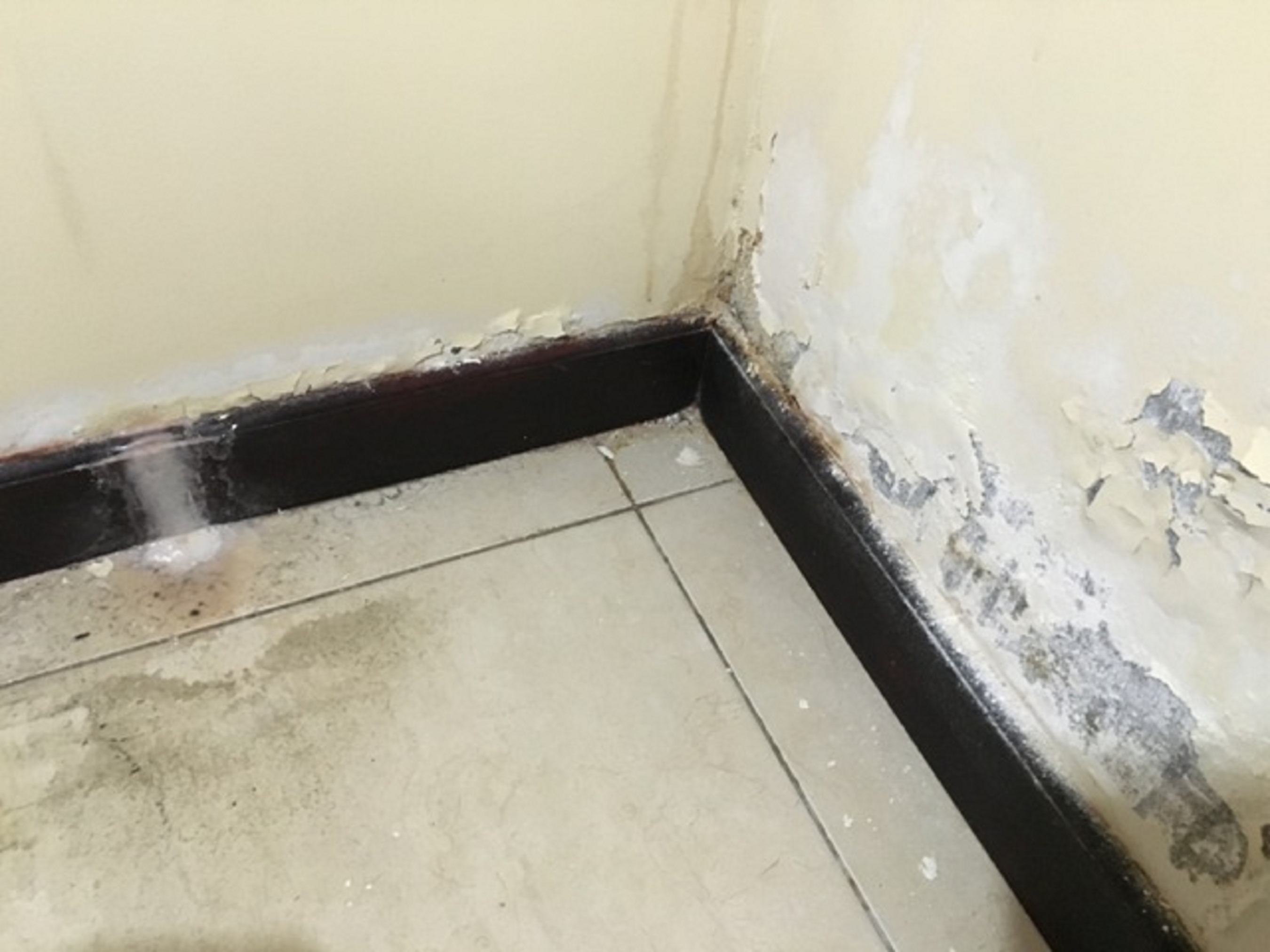This post below about Fire And Water Damage Prevention is indeed captivating. You should check this stuff out.

Water gives life, water invasion on components where it's not supposed to be can result in damage. If the water saturates into your structure, it can peel away surface areas and also erode the foundation. Mold and mildew and also mold also flourish in a moist atmosphere, which can be dangerous for your health and wellness. Houses with water damage smell old and musty.
Water can come from numerous sources such as typhoons, floods, ruptured pipes, leaks, and sewer problems. In case you experience water damage, it would certainly be great to know some safety and security precautions. Below are a few standards on how to manage water damage.
Do Prioritize House Insurance Policy Protection
Water damages from flood as a result of heavy winds is seasonal. You can additionally experience a sudden flood when a defective pipeline instantly breaks into your home. It would be best to have house insurance coverage that covers both disasters such as all-natural tragedies, and also emergency situations like busted plumbing.
Do Not Neglect to Switch Off Energies
In the event of a disaster, especially if you live in a flood-prone area, it would certainly be suggested to switch off the primary electrical circuit. This cuts off power to your entire residence, stopping electrical shocks when water comes in as it is a conductor. Don't forget to transform off the main water line shutoff. Furnishings will relocate around and also trigger damages when floodwaters are high. Having the primary shutoff shut off protects against further damage.
Do Remain Proactive as well as Heed Climate Notifies
Tornado floodings can be really unpredictable. If there is a history of flooding in your community, remain prepared as well as positive. Listen to evacuation cautions if you live near a river, creek, or lake . Obtain prized possessions from the first stage as well as basement, after that placed them on the highest possible degree. Doing so minimizes prospective home damages.
Do Not Neglect the Roof
Before the weather condition transforms frightful, see to it you have a roof examination. As a matter of fact, it would certainly be prudent to get this solution annually as it can reduce intricate concerns. If there are no openings and leaks in your roof, you can avoid rain damage. Your roofing contractor will also look after defective gutters or any other signs of weakening. This will certainly protect against water from moving down your wall surfaces and also saturating your ceiling.
Do Focus On Little Leakages
A burst pipe does not happen over night. Typically, there are warnings that suggest you have actually compromised pipelines in your home. You may observe bubbling paint, peeling off wallpaper, water touches, water stains, or leaking audios behind the wall surfaces. Eventually, this pipeline will certainly break. Ideally, you ought to not wait on points to rise. Have your plumbing repaired before it leads to massive damage.
Don't Panic in Case of a Burst Pipeline
When it comes to water damages, timing is key. Thus, if a pipe bursts in your residence, immediately shut off your main water valve to cut off the source. Call a reliable water damage remediation specialist for support.
Water gives life, water intrusion on parts where it's not intended to be can result in damages. Residences with water damages odor old as well as moldy.
Water damages from flooding fees to heavy winds is seasonal. You might observe bubbling paint, peeling off wallpaper, water touches, water spots, or dripping audios behind the walls. When it comes to water damage, timing is crucial.
Some Do's & Don't When Dealing with a Water Damage
DO:
Make sure the water source has been eliminated. Contact a plumber if needed. Turn off circuit breakers supplying electricity to wet areas and unplug any electronics that are on wet carpet or surfaces Remove small furniture items Remove as much excess water as possible by mopping or blotting; Use WHITE towels to blot wet carpeting Wipe water from wooden furniture after removing anything on it Remove and prop up wet upholstery cushions for even drying (check for any bleeding) Pin up curtains or furniture skirts if needed Place aluminum foil, saucers or wood blocks between furniture legs and wet carpet Turn on air conditioning for maximum drying in winter and open windows in the summer Open any drawers and cabinets affected for complete drying but do not force them open Remove any valuable art objects or paintings to a safe, dry place Open any suitcases or luggage that may have been affected to dry, preferably in sunlight Hang any fur or leather goods to dry at room temperature Punch small holes in sagging ceilings to relieve trapped water (don't forget to place pans beneath!); however, if the ceiling is sagging extremely low, stay out of the room and we'll take care of it DO NOT:
Leave wet fabrics in place; dry them as soon as possible Leave books, magazines or any other colored items on wet carpets or floor Use your household vacuum to remove water Use TV's or other electronics/appliances while standing on wet carpets or floors; especially not on wet concrete floors Turn on ceiling fixtures if the ceiling is wet Turn your heat up, unless instructed otherwise

I hope you enjoyed reading our section on Fire And Water Damage Prevention. Thanks for spending some time to read our piece. Enjoyed reading our blog? Please share it. Help others discover it. Thank you for taking the time to read it.